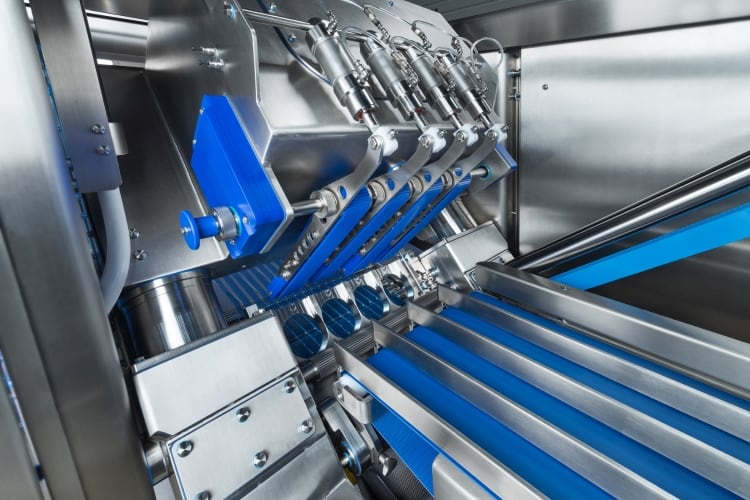GEA said is intent on achieving net-zero greenhouse gas (GHG) emissions along its entire value chain by 2040. The company has submitted its net-zero commitment and 2030 interim targets to the Science Based Targets initiative (SBTi), the globally recognized, independent body for reviewing climate targets.
Validation of GEA’s interim targets by SBTi is expected in the second half of 2021, confirming GEA’s targets are aligned with the latest climate science and are effectively contributing to the 1.5 degrees Celsius target of the Paris Agreement.
“GEA is taking bold action to support the global transition to a net-zero economy. Our new climate strategy positions GEA as the leader in our peer group. We are pursuing the most comprehensive and ambitious climate strategy in the mechanical engineering industry,” said Stefan Klebert, CEO GEA Group AG.
“We are incorporating our entire value chain into this effort, tackling both direct and indirect emissions. And by doing so, we are taking clear action in line with GEA’s purpose: ‘engineering for a better world’.”
By investing globally in projects to generate clean energy from wind, sun, biomass and waste gases, GEA's own operations have been climate-neutral since the beginning of 2021.
“Carbon offsets for the emissions that we cannot yet avoid is, of course, only the first step on our net-zero journey. That is why we are working to transform our business operations to effectively contribute to limiting global warming,” Klebert said.
In addition to GEA’s 2040 net-zero target, the company has submitted interim science-based targets across all relevant scopes. Compared to the baseline year 2019, GEA aims to: reduce GHG emissions from its own operations (Scopes 1 and 2) by 60% by 2030; and reduce GHG emissions from the customer use phase of its products (Scope 3) by 18% by 2030.
To reduce its Scope 1 and 2 emissions, GEA is pursuing multiple initiatives. First, the company aims to gradually increase its share of renewable power to 100% within the next five years. To achieve this, GEA will make use of renewable energy certificates, extend its own green power generation and look into long-term power purchase agreements. Second, GEA will boost the energy efficiency of its global infrastructure with initiatives to modernize office buildings and production facilities, prioritizing the 29 most energy-intensive production sites covering 80% of total group wide energy consumption.
Third, over time and where feasible, GEA will green its global fleet of approximately 4,300 company cars. Its new green mobility policy stipulates all new incentive cars for GEA managers in Germany will be 100% electric. The company will invest in wall boxes at German GEA sites to support the rollout.
In direct comparison to GEA’s own GHG emissions, indirect emissions from suppliers and products sold – so-called Scope 3 – make up more than 95% of GEA’s overall GHG emissions.
The company’s climate strategy therefore focuses on identifying climate impact hotspots in GEA’s product portfolio and further boosting the energy efficiency of GEA products. GEA’s comprehensive portfolio – ranging from components and industrial machinery to complete processing lines and factories – will be thoroughly analyzed in the coming years. This level of transparency will enable the company to prioritize the climate roadmap and further develop sustainable customer solutions.
“Product innovation will be the key lever to reach our 18% reduction target for Scope 3 in 2030. It’s an ambitious goal, but I’m convinced we’ll achieve it; engineering excellence is GEA’s core strength,” Klebert said.
“For instance, we are already equipping customers such as smoothie-producer innocent with machinery that enables the carbon-free production of beverages. Going forward, we will employ such climate-smart solutions on an ever-increasing scale.”
In addition to installing new technologies, GEA modernizes existing customer plants to reduce their climate impact as much as possible.
Optimizing its manufacturing footprint, which includes reducing the environmental impact of sites, is another factor for achieving GEA’s climate and sustainability goals. GEA laid the cornerstone for a new, climate-neutral production facility in Koszalin, Poland, in May. The facility will produce its own energy by integrating photovoltaic panels on the roof and storing power in batteries to power fleet vehicles. In addition, a combined heat and power (CHP) system will be used to generate electricity and heat, which can be used to heat and cool the site. LED lighting, building insulation and low emissivity glass are all part of the factory’s climate-neutral building concept.




